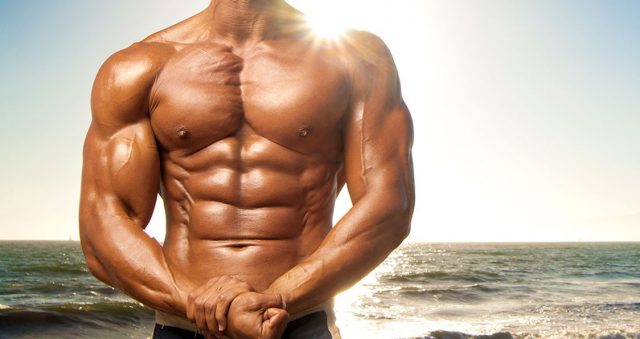The Biggest Training and Nutrition Myths
The fitness trend has been on the rise around the world. This has also given a boost to the number of broscientists eagerly waiting to spread their knowledge. These pseudo bodybuilders are responsible for most of the myths you hear about training and nutrition in your gym.
It is important you don’t listen to their advice. You might not have someone who could put you on the right path when it comes to your diet and training. So, we have put together a list of the biggest training and nutrition myths you should avoid following.
Training Myths
1. You Should Always Train To Failure
If only we got a nickel for every time we heard someone say this in a gym. The most common myth regarding training is you need to be hitting failure in every set if you want to build muscle mass. This is complete BS!
Training to failure every time can actually have the opposite results of what you desire. Muscle exhaustion in every set can lead to overtraining which in turn can halt your growth. Overtraining can also negatively impact your immune system.
2. Start Your Workout With Heavy Compound Movements
Many people believe it is better to start your workouts with heavy multi-joint exercises like squats, bench press, etc. The reason they give for this is, you are the strongest at the beginning of your workouts and hence can lift more weights.
On the other hand, your body doesn’t know how much weight you’re lifting. It is your ego which pushes you to lift more. You need to break your muscle tissues in order for them to grow bigger. The weight you lift for it doesn’t matter.
You should start your workouts with isolation exercises, so you fatigue your muscles early. Doing this will help you get the same results lifting relatively light as you would if you were lifting heavy. This also dramatically reduces the chances of an injury.
3. You Can Spot Reduce The Fat On Your Belly
The reason most people do crunches and ab exercises is that they want to melt off the fat from their midriffs. Hardly do they realize this won’t do anything for them. Spot reduction whether in the case of abs, under arms or thighs, doesn’t work.
You need to take an overall approach to your training. If you want to lose weight, controlling your diet and doing cardio will give you the best results. Spot reduction is only possible if you go for liposuction.
Nutrition Myths
1. You Can’t Gain Muscle Without A Protein Supplement
While it is true protein is the most important macronutrient when it comes to gaining muscle mass, you don’t need a protein powder to help you with your goals. If you consume enough protein from your natural diet, you don’t need a protein supplement.
If your goal is to build muscle, you should be taking two gram of protein per pound of body weight daily. For eg- you should be consuming 200 gram of protein every day if your body weight is 100lbs.
2. Eating Fats Make You Fat
Many people think eating foods which contain fats make them gain weight. Due to this, they completely eliminate fats from their diet. Removing fats from your diet can cause bodily dysfunctions as it is an essential macronutrient needed by your body.
Fats help in storing energy in your body which you can utilize when your body is running short of carbohydrates. Fats also help with lubricating your joints, digesting nutrients and maintaining your body temperature.
3. You Should Consume Protein First Thing In The Morning
There is a myth that consuming protein first thing in the morning will help with muscle gain. The logic they give for this is since you’re on an empty stomach, your muscles get a rich and pure supply of protein. This is as far away from the truth as it can be.
If you consume protein on waking up, your body will start using it as a source of fuel for the entire day. If you want to lose weight and build muscle, you should start your day with fats. Doing this will help you burn fat throughout the day even while you’re resting.
Which, according to you, are the biggest training and nutrition myths in bodybuilding?
Let us know in the comments below. Also, be sure to follow Generation Iron on Facebook and Twitter.
This content was originally published here.









